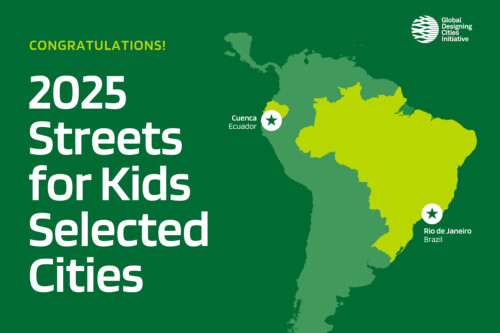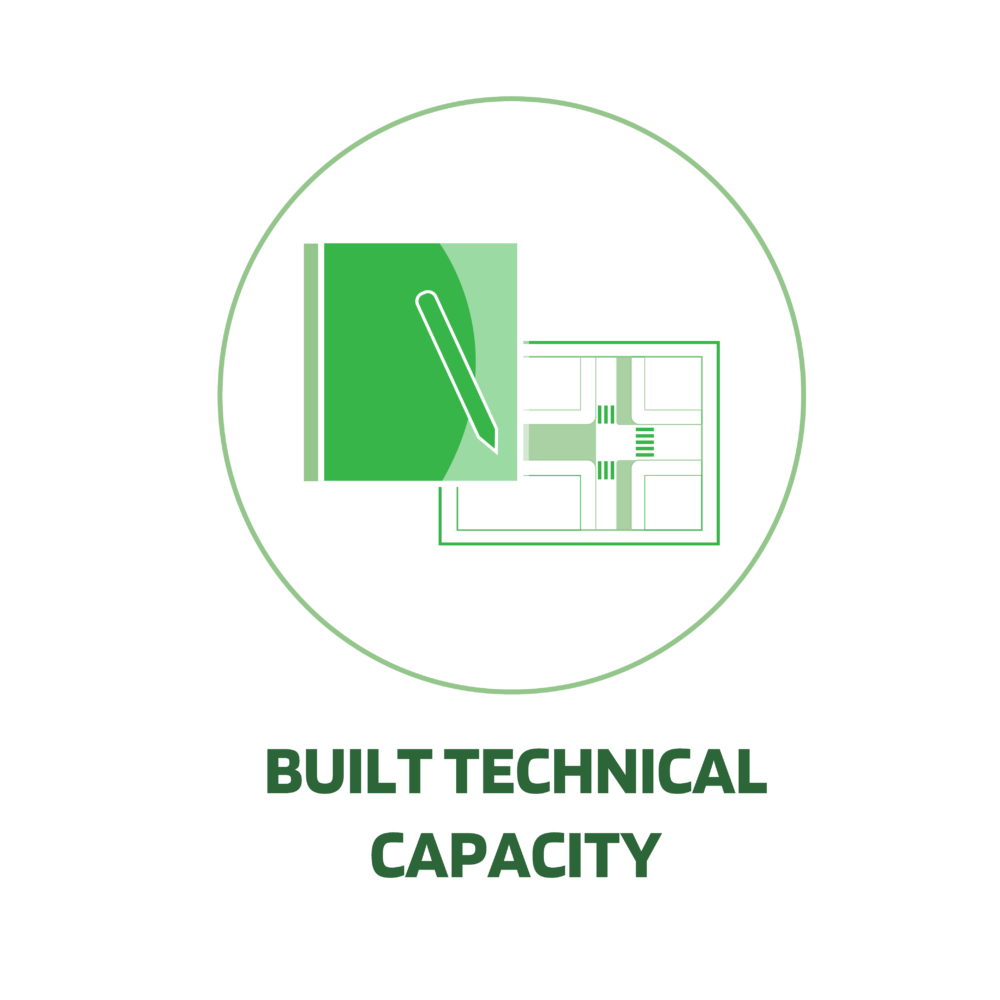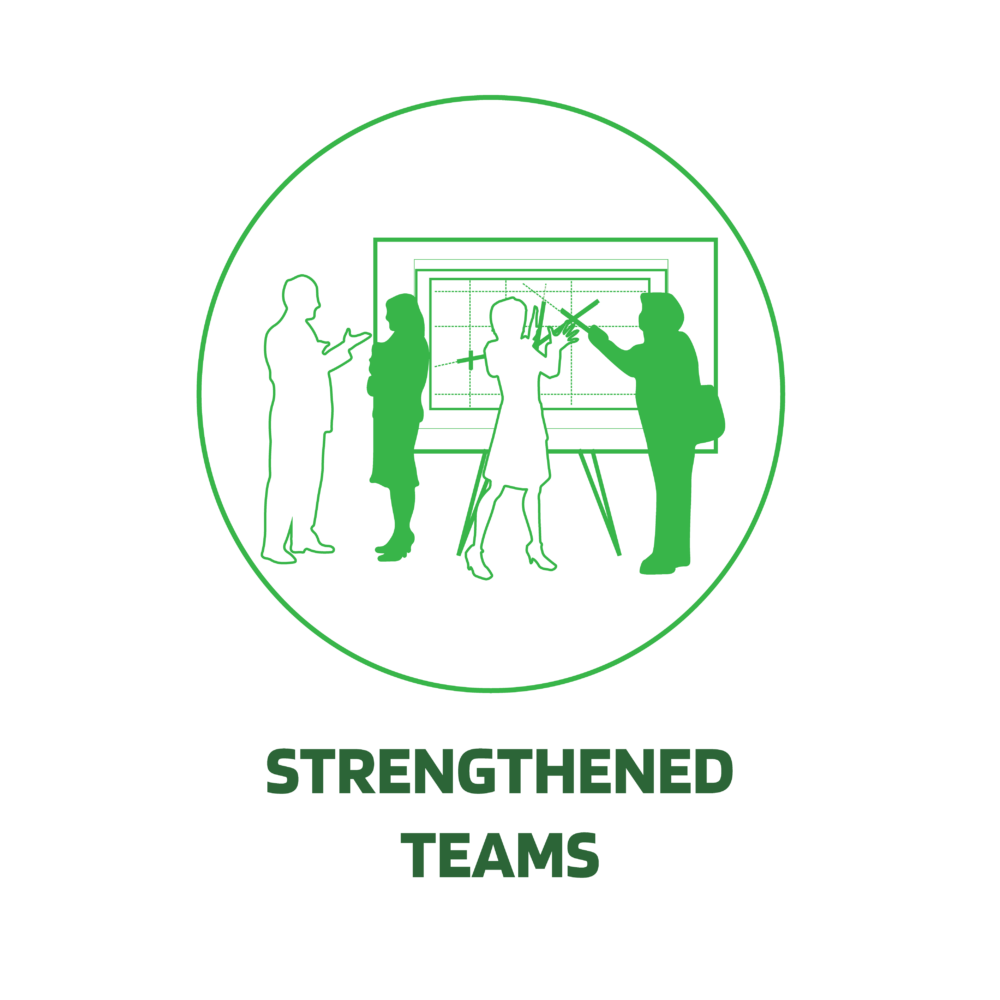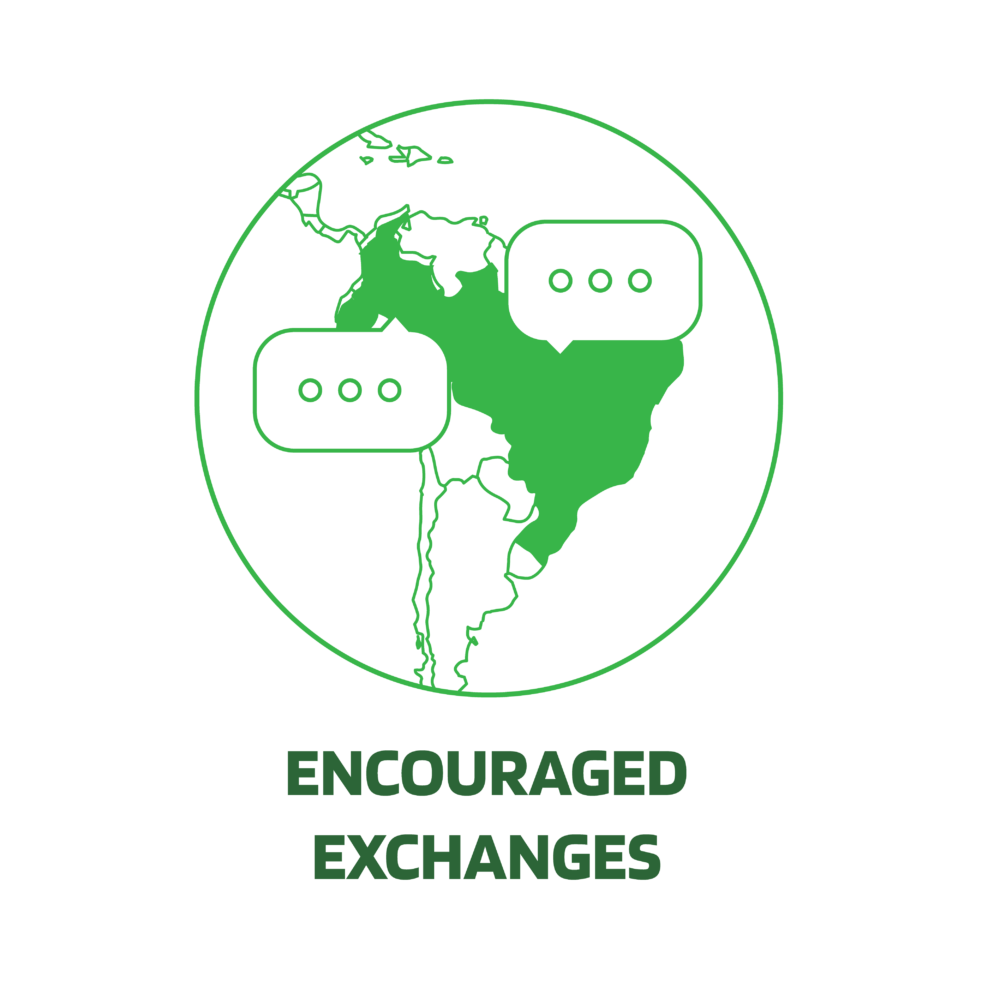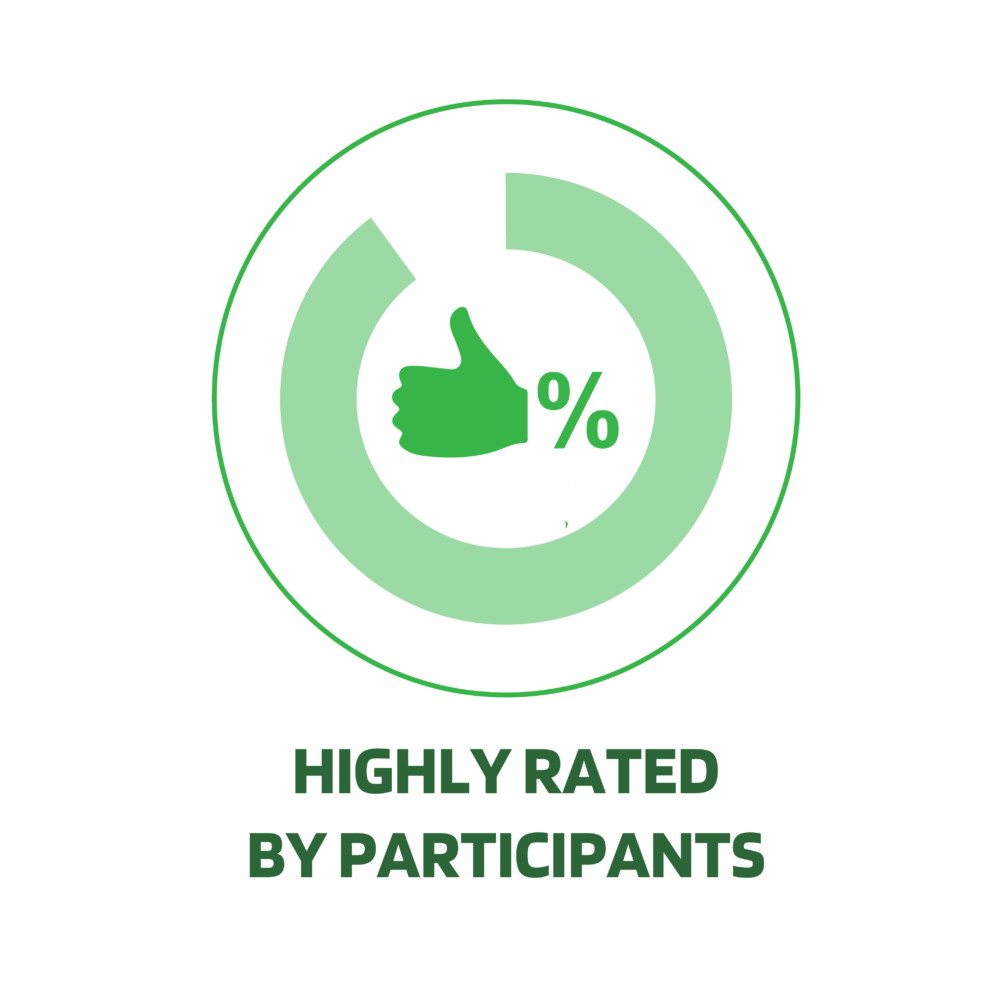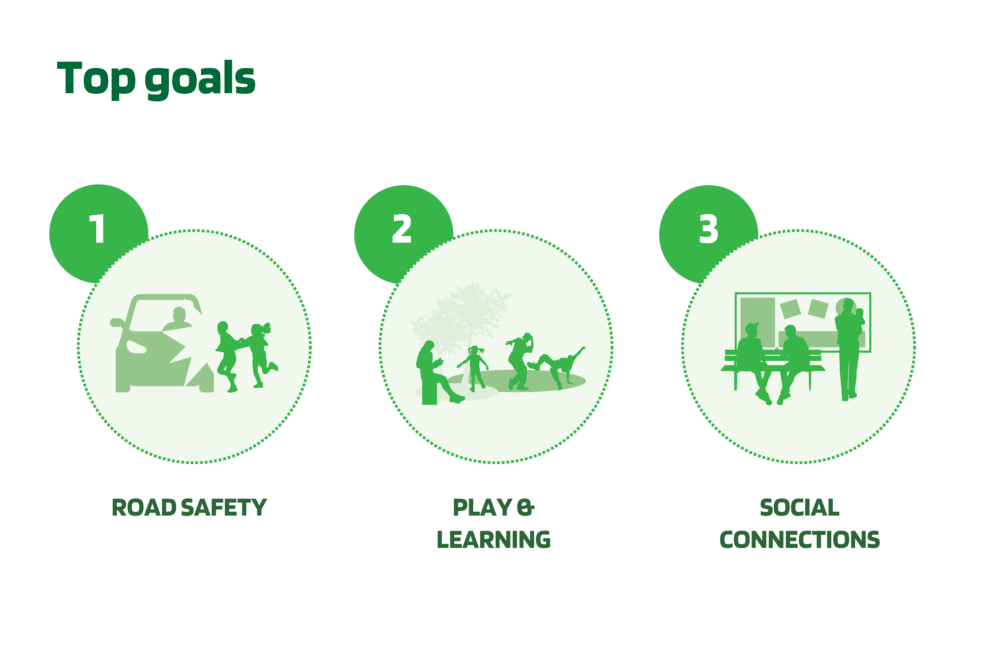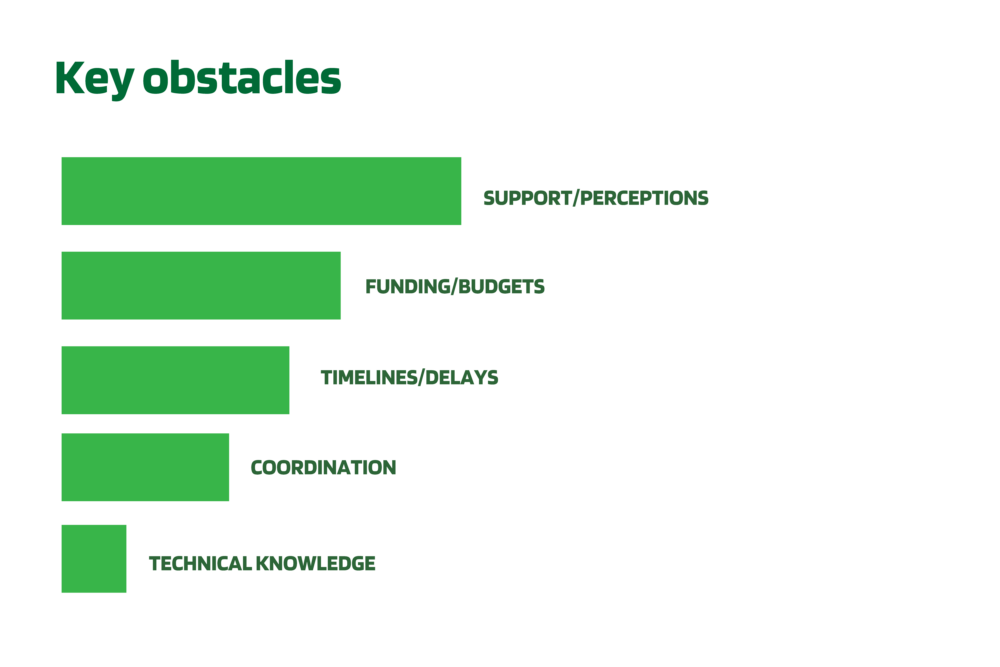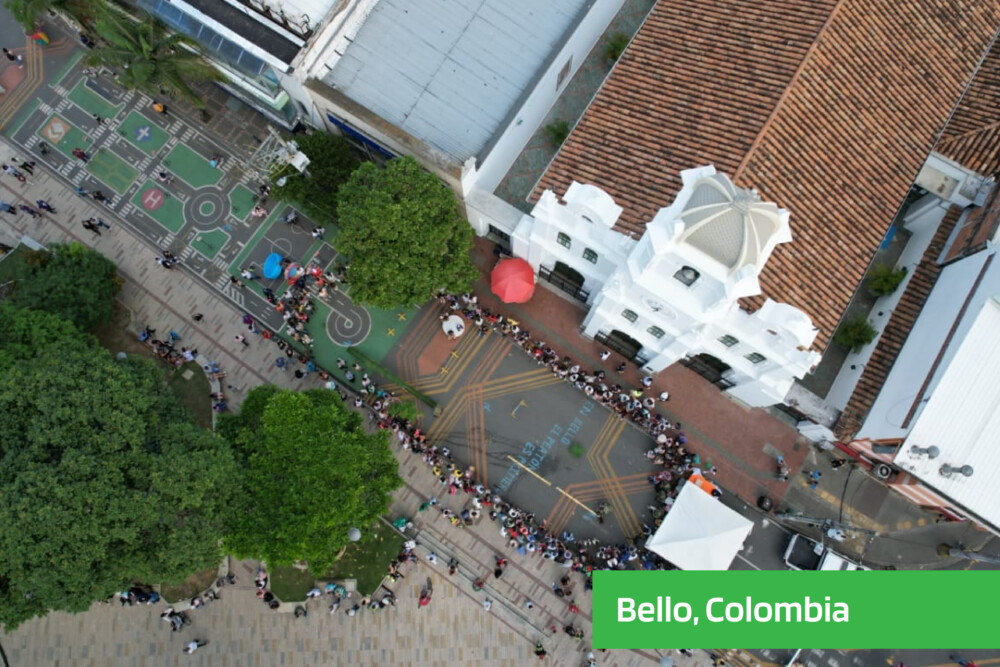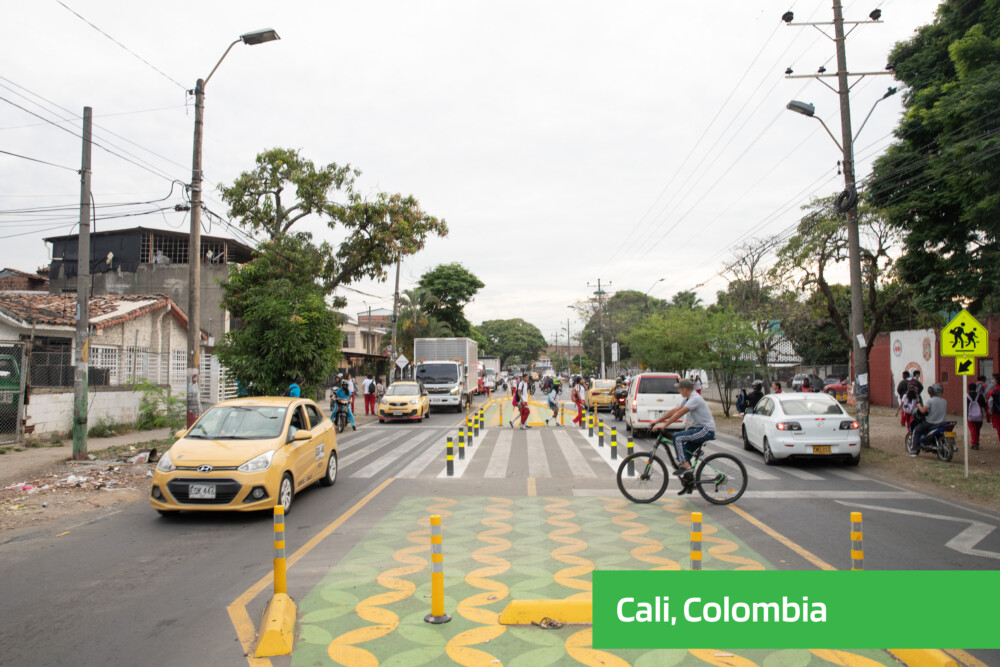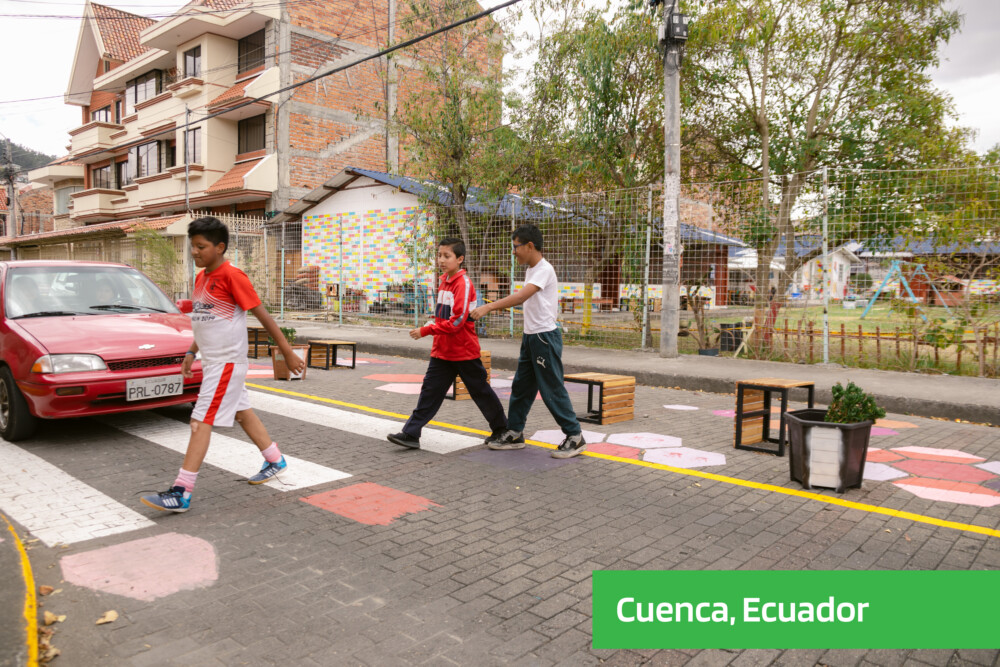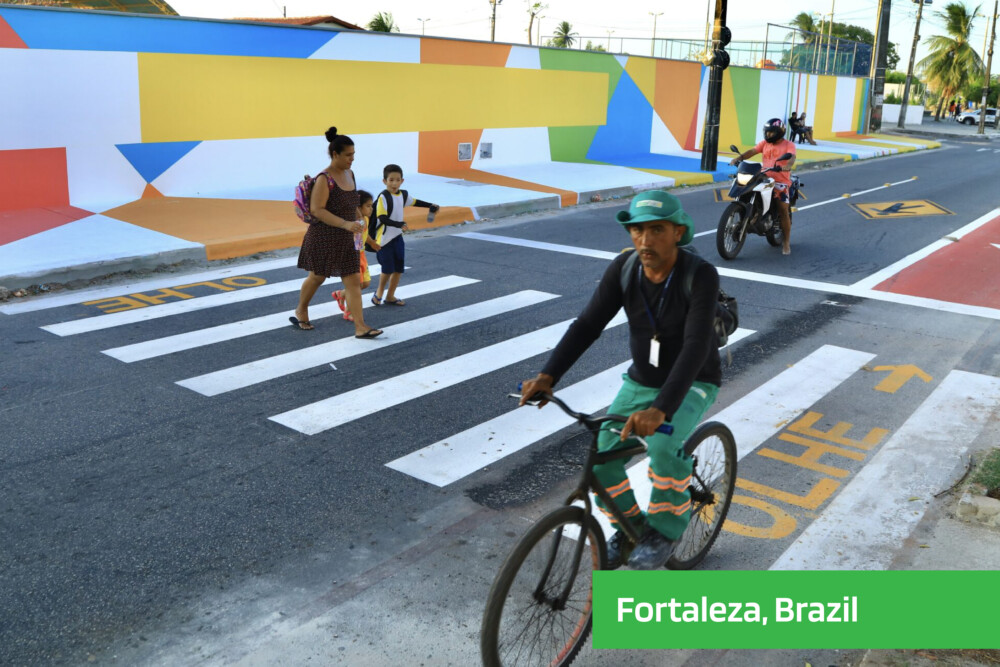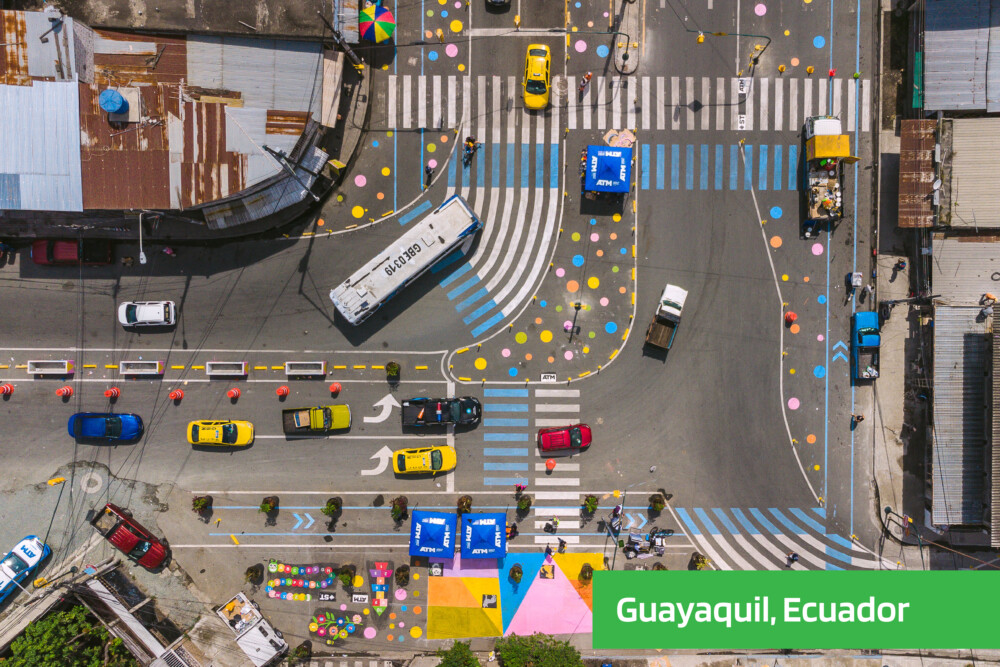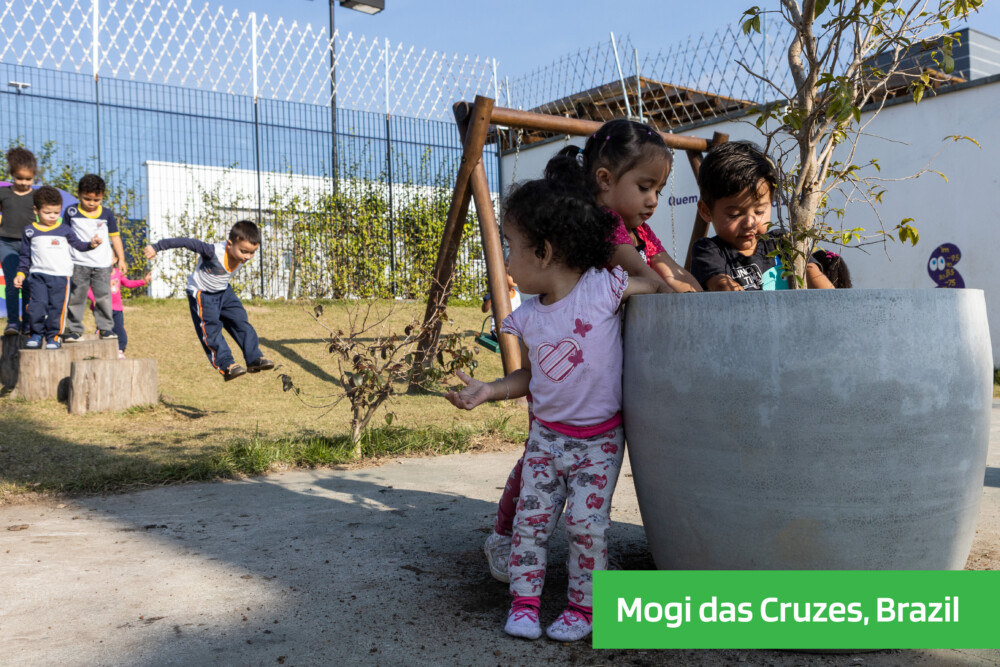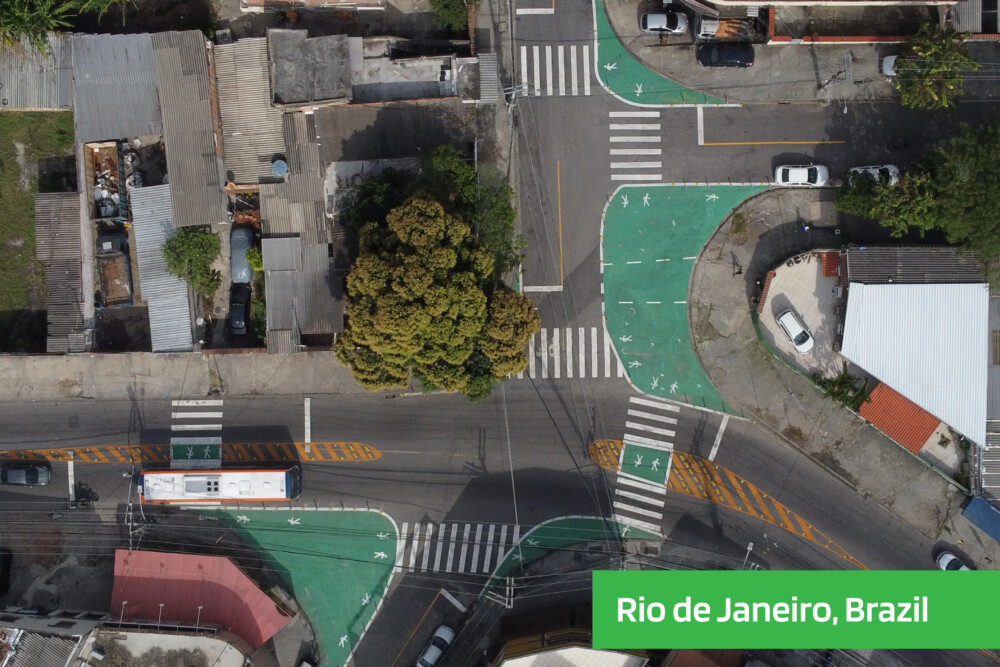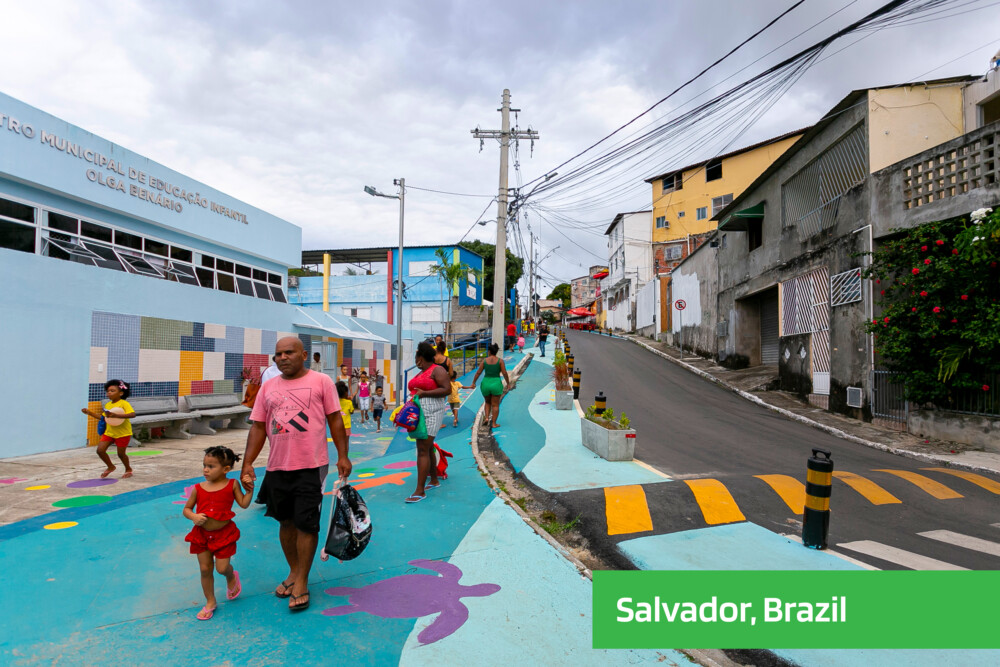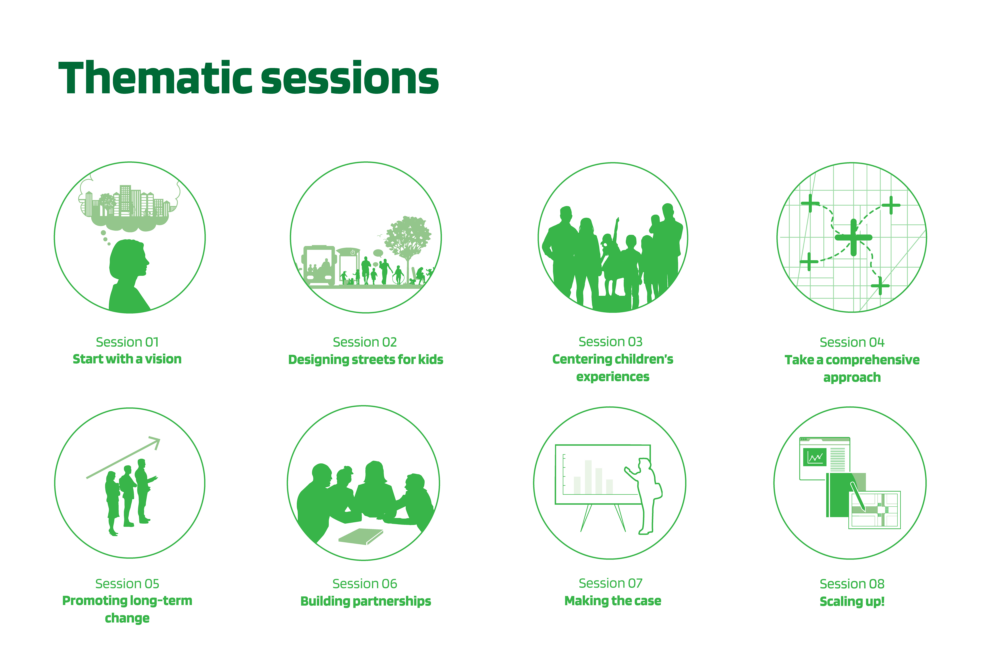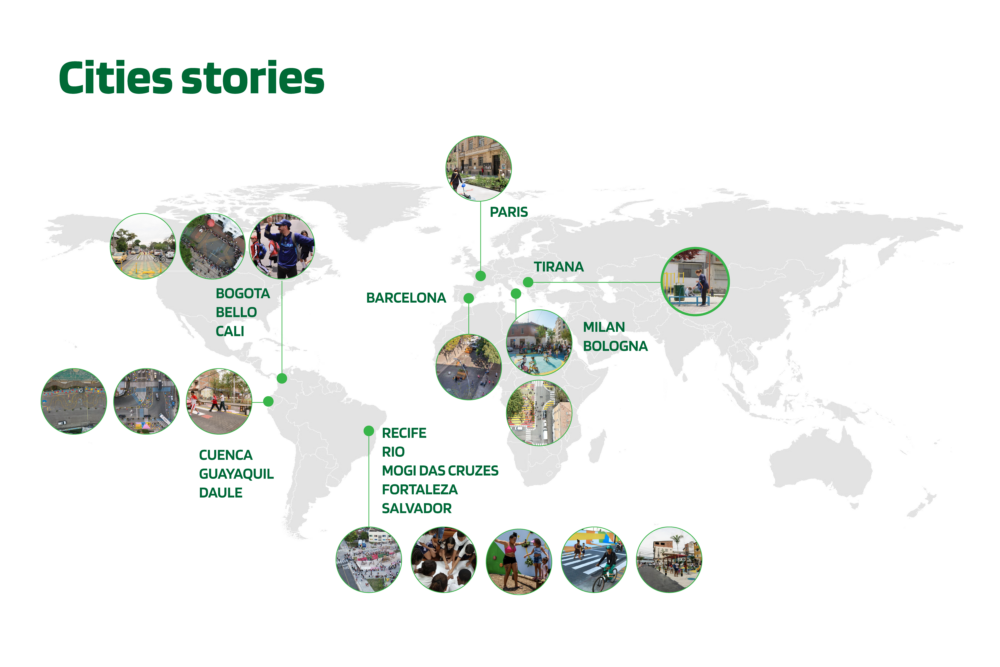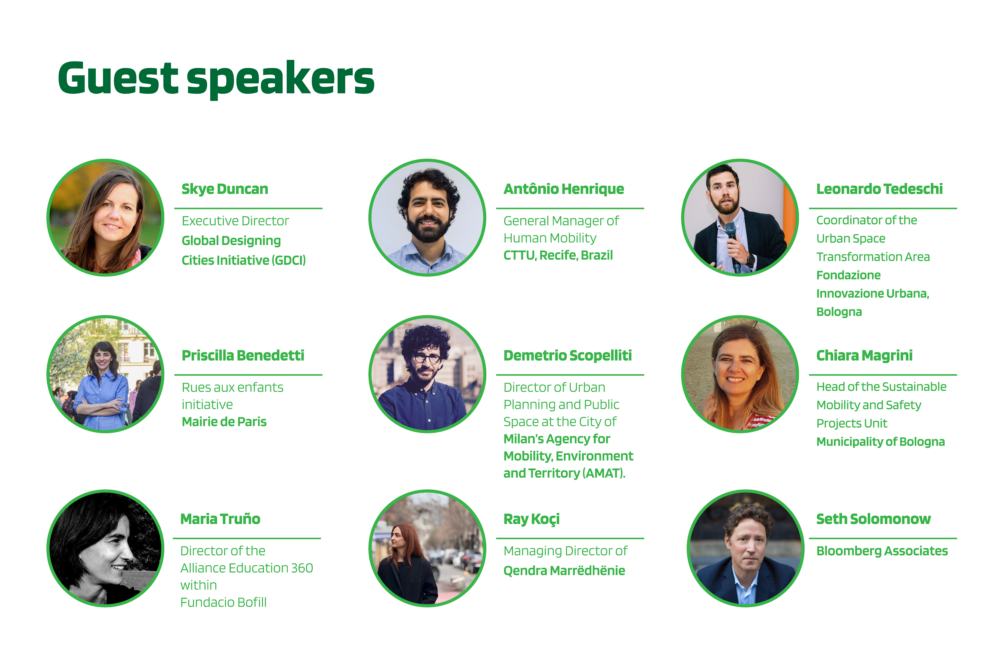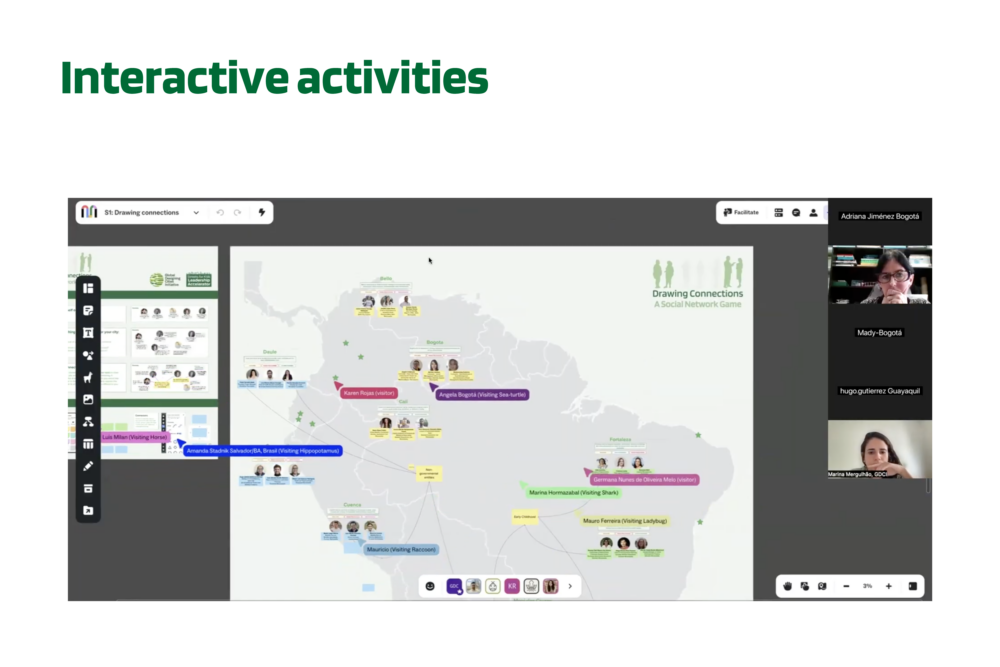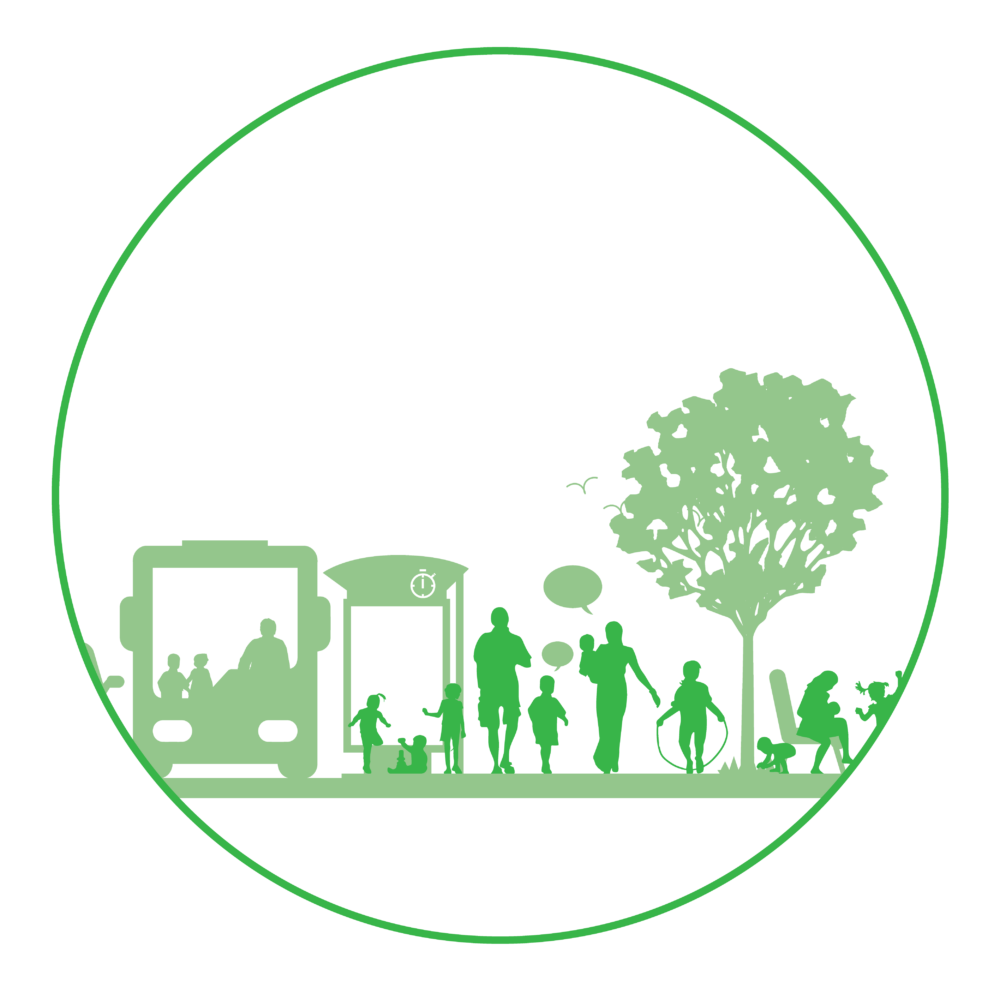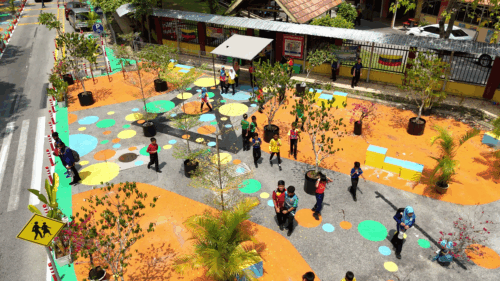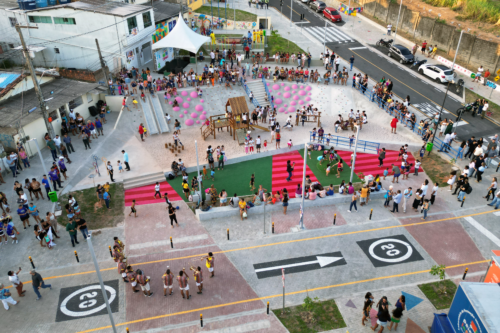The Streets for Kids Leadership Accelerator is a capacity-building program by the Global Designing Cities Initiative (GDCI) that supports city teams in advancing safer, healthier, and more joyful streets for children. Through an intensive online format, the program brings together a select group of cities to exchange ideas, learn from global experts, and develop actionable proposals tailored to their local contexts.
In 2025, we launched the second cycle of the Accelerator, working with 10 cities from Brazil, Colombia, and Ecuador. Each of these teams is scaling up their efforts, turning pilots to projects or developing city-wide programs or policies, and reimagining streets as places that put children’s well-being at the center.
Over the course of two months, participants joined eight thematic sessions. In the first phase, they explored how to set a bold vision, apply street design principles that support independent mobility and play, and use engagement and data to center children’s needs in their work. The second phase offered space for reflection and collaboration, as cities shared lessons from global case studies, built peer connections, and refined their strategies for long-term impact.
Here is a look back at what we learned from the cities leading the call for prioritizing children and street design in Latin America and the insights they shared throughout our time together.
From over 30 applications to 10 selected cities promoting long-term change
After launching the program, GDCI received over 30 applications from cities across Brazil, Colombia, and Ecuador. We were inspired by the number of cities already having projects on the ground, reshaping streets in the region, and thinking about how to continue to promote long-term change. Over a third of the proposals already had some budget allocated to advance their initiatives, and many included partnerships between organizations or within cities, bringing together multiple departments and agencies.
The ten cities to join the second round of the Streets for Kids Leadership Accelerator were Bello, Bogotá, and Cali from Colombia, Cuenca, Daule, and Guayaquil from Ecuador, and Fortaleza, Mogi das Cruzes, Rio de Janeiro, and Salvador from Brazil. This passionate and experienced cohort brought together valuable knowledge from smaller-sized cities of 200,000 all the way to megacities of over 8 million residents. A majority of architects and designers (40%) were joined by public health specialists, engineers, public administrators, and transportation experts, over 40% of them with over 10 years of experience. Acknowledging their breadth of knowledge and expertise, the program balanced presentations from guest speakers, structured activities, and making space for the ten teams to exchange their own insights and ideas, connecting them to a network of exceptional professionals striving for a shared vision.
To engage and facilitate meaningful discussions, the program included a series of eight sessions informed by our work supporting cities around the world as they work to transition from their first pop-ups and pilots towards long-term transformations, programs, and policies.
Key takeaways for scaling up Streets for Kids
While it’s impossible to summarize 20 hours of content and discussions in brief points, here are some takeaways highlighted by participants.
